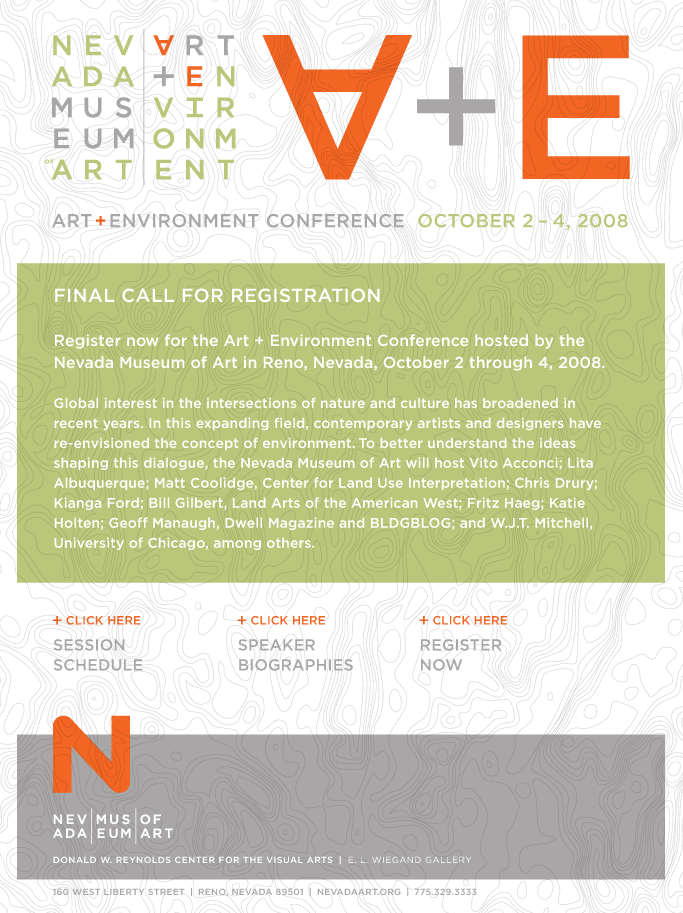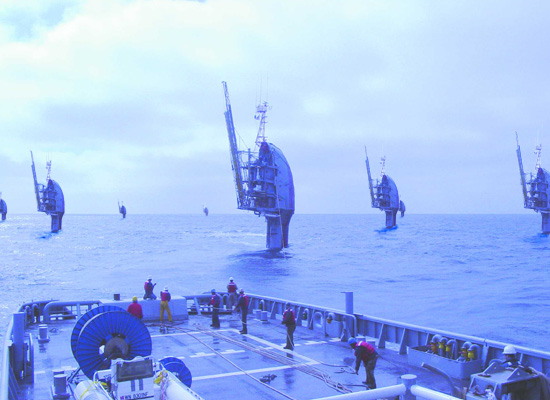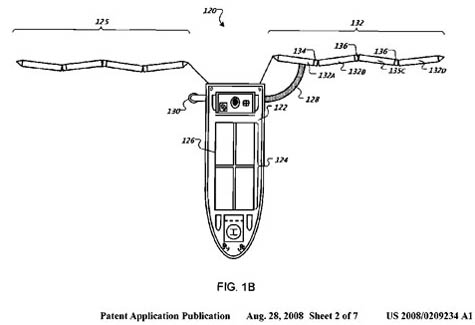 [Image: New flats, part of the AHMM master plan in Barking, England, specifically cited by the BBC as being so small that they’re mere slums in the making; via Building Design].
[Image: New flats, part of the AHMM master plan in Barking, England, specifically cited by the BBC as being so small that they’re mere slums in the making; via Building Design].
“Are the gleaming new apartment buildings of the past decade the inner-city slums of tomorrow?” the BBC asks this morning in an interesting, if insufficiently argued, opinion piece about the state of private housing in England.
New, privately developed apartment complexes there – the exact same apartment complexes of visual interest to architecture magazines such as the one for which I work – might, in the end, simply be too small and too cramped to become anything other than the slums of tomorrow.
Affordable now, ghettoized later.
The problem, the essay argues, is that there are no real minimum space standards for private housing developments in England. Tiny flats suitable only for single men and women, or for weekend getaways, are filling up valuable land in city centers – which is great for the duration of a real estate boom, but which might have sociologically frightening future implications.
“Alone in the UK,” the BBC points out, “Scotland does have legislation on minimum sizes for homes in the commercial sector. Northern Ireland has rules on social housing – while in England and Wales many local authorities also have size regulations for affordable housing. But none of this covers private sector developments.”
One point, by no means minor, that goes totally unexplored comes from the BBC‘s own table of apartment space data. There we see that the average apartment size in Italy is actually smaller than the average apartment size in England.
So why all the scare talk about future slums and ghettos? Is there a legitimate concern here that smaller living spaces might become crime-infested labyrinths when the economy dries up – or is this simply fear of other forms of social organization?
Nuclear families living in several comfortable rooms = good.
Single men and women living alone in small apartments = moral hazard.
In any case, I thought suburbs were the next slums?
In fact, it’d be interesting to do a kind of comparative slum futurology: to see what building types different countries and cultures fear will become the “next slum.” What does it say about you, politically? On the left, perhaps, you think it’s the suburbs, waiting to be taken over by wildcats and gangs; on the right, you think it’s affordable housing.
But who’s got the data on their side?
 I’m excited to announce that I’ll be speaking on a panel at the upcoming
I’m excited to announce that I’ll be speaking on a panel at the upcoming  [Image: Panel description; view
[Image: Panel description; view  [Image: A view of the
[Image: A view of the  [Image: From Google’s patent application for servers at sea; via the
[Image: From Google’s patent application for servers at sea; via the  [Image: The Instant City at work; diagrams by
[Image: The Instant City at work; diagrams by  [Image: Karen Brown/
[Image: Karen Brown/